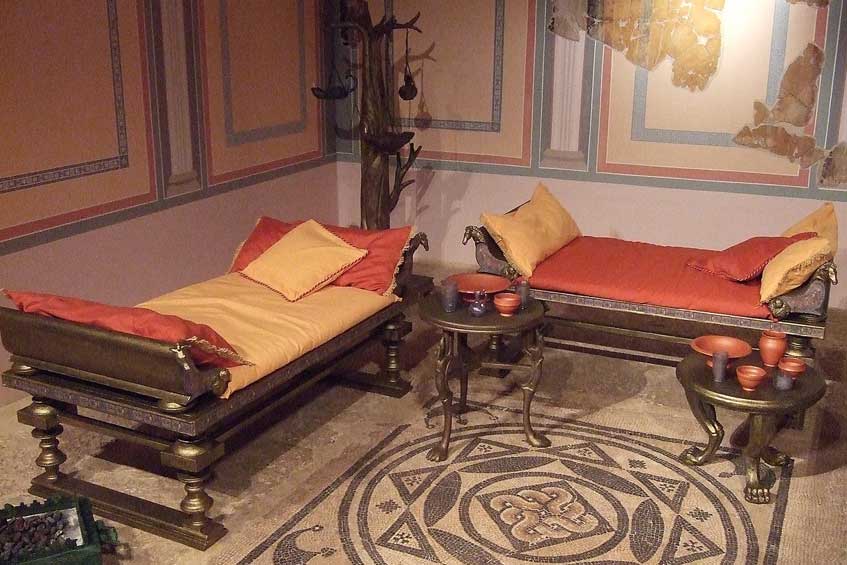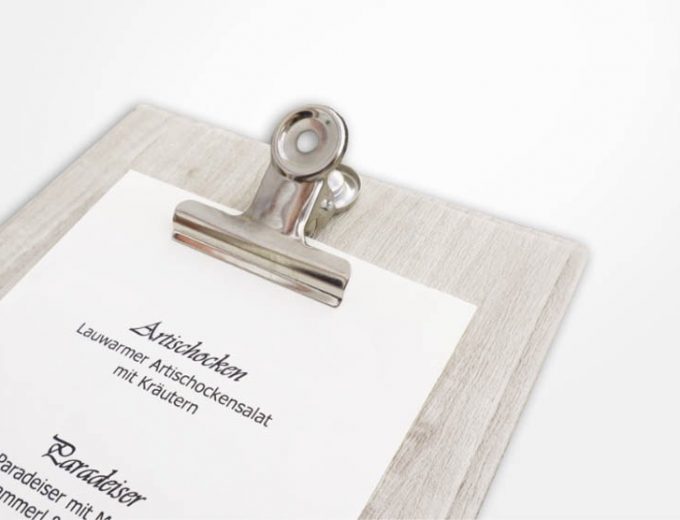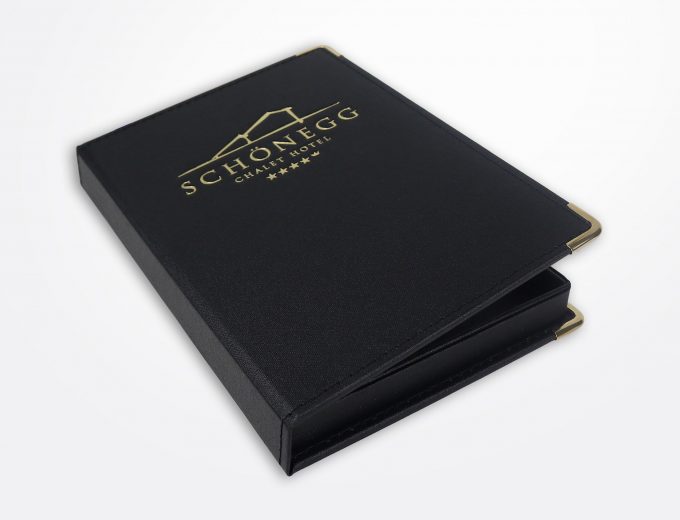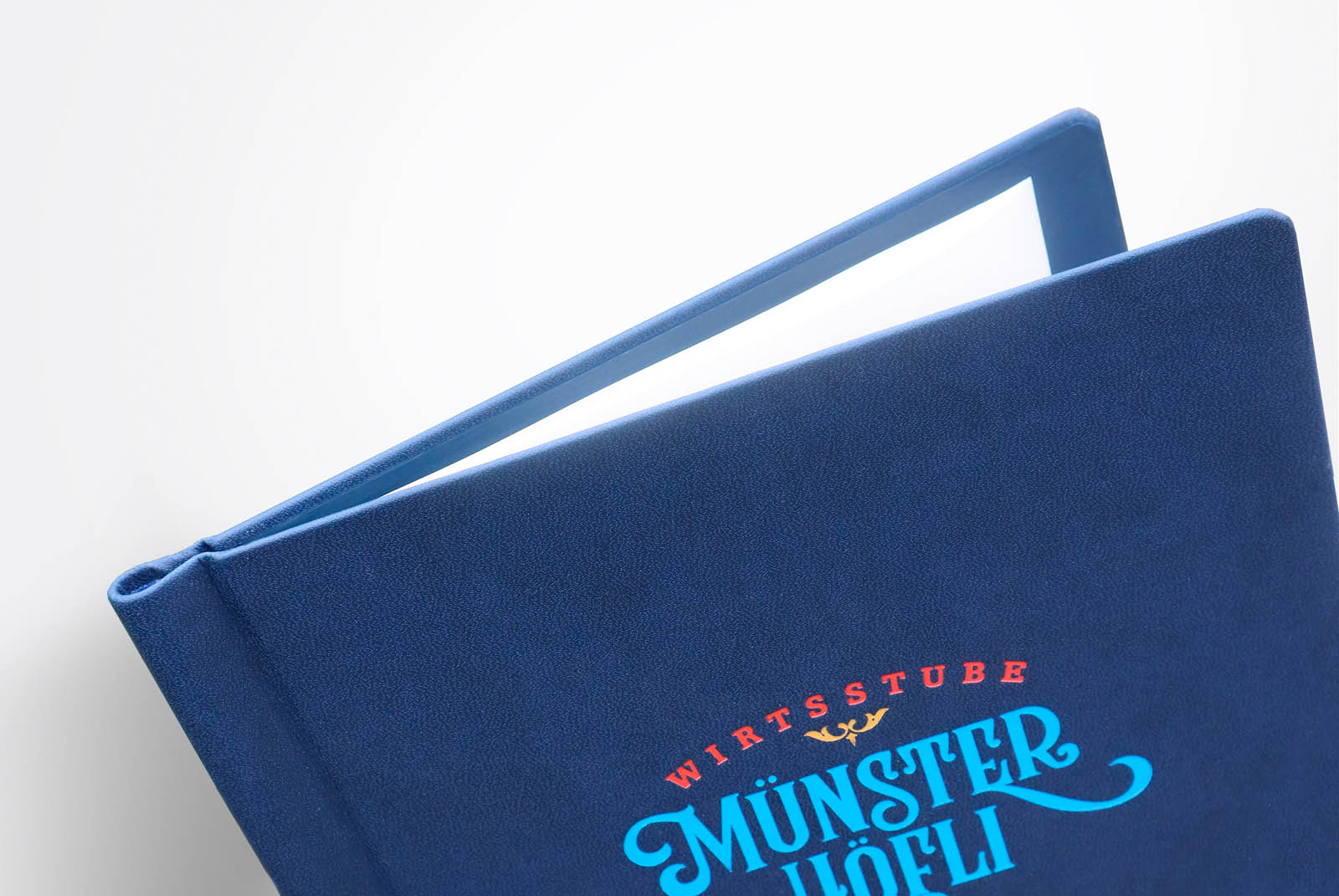Menus through the ages: The diet of the Romans

One of the most significant documentary evidence is the cookbook from ancient Rome, “De re coquinaria” (“On the art of cooking”), which in its current form dates from the 3. or 4th century after Christ. The name of the author associated with it is Marcus Gavius Apicius, a well-known gourmet of Roman antiquity who lived from around 25 BC to around 42 AD.
“De re coquinaria” contains around 400 recipes, including around 100 sauce recipes. Although the majority of the recipes are quite down-to-earth – with a few exceptions such as “Sauzitzen” and “stuffed hazel mice” – this aptly reflects the food culture of ancient Rome, which was basically simpler than one might expect today.
While luxurious feasts, lavish banquets and opulent banquets were the exception rather than the rule, exotic dishes and elaborate presentations were almost exclusively found on the menus of the upper classes. The common population, on the other hand, preferred a much simpler diet.
What did the ancient Romans mainly eat?
The main ingredients of the Roman diet were the cereals barley and wheat, from which flour was made and processed into a simple porridge or flat breads. Spelt was also of great importance and often formed the basis for “puls”, the central food in the Roman diet. This porridge, sometimes enriched with raw or cooked vegetables, was on the table at every meal – whether in the morning, at lunchtime or in the evening. Oats were mainly used as animal feed or in the form of groats.

Fresco of a loaf of bread from Pompeii
For the Roman legions, bread was an indispensable part of the rations; the so-called “panis militaris” (military bread) was considered the staple food of the soldiers and was thus given a central position, which characterized it as the “foundation of power”. Each tent community, known as a “contubernium”, comprised about eight men and had hand millstones for making flour. The legionaries’ diet was in no way inferior to that of the ordinary citizens of Rome, who mainly ate bread and porridge.
What was on the menu for dessert?
The sweet temptation for the simple Roman consisted mainly of apples. However, in addition to these, the Romans also cultivated other fruits such as pears, cherries, plums and grapes, for which the Mediterranean climate offered ideal conditions. Nuts were collected in the nearby forests. Wine, the drink that is often portrayed as a Roman favorite in historical films, actually enjoyed great popularity.

The apple – the Roman’s favorite dessert
It was usually diluted with water, and children were served “mulsum”, a must or wine sweetened with honey. Alongside fruit juices and water, milk was rarely found in everyday Roman life and was mainly used for baking and cooking. If milk is to be consumed, it should primarily be sheep’s or goat’s milk. Raw cow’s milk was rarely part of the diet and was more associated with the customs of peoples on the other side of the Danube and Rhine who were considered barbaric.
Apart from the fact that wine was very often on the drinks menu, the Romans otherwise led a fairly healthy life by today’s standards. Her diet was almost entirely vegetarian, and meat rarely found its way onto her menu, mainly on festive occasions. One of the main reasons for this was the high cost of livestock. For example, in 79 AD, prices in Pompeii were around 7.5 sestertii for a modius (approximately 8.7 liters or 6.5 kilograms) of wheat and only around 3 sestertii for the same amount of rye, while a mule cost an incredible 520 sestertii or 130 denarii.
A legionary under Emperor Titus Flavius Domitianus could expect a salary of around 300 denarii, minus the cost of his equipment. In contrast, fish, especially near the coast, was widespread and cheaper and was also marketed inland as salted fish. Fresh fish was often grilled and served with various sauces (see “De re coquinaria”). Fish was also an important ingredient in the production of “garum”, a popular fish sauce that was also known as “liquamen” and was often used for preservation.
Fish such as tuna, anchovies, eel or mackerel were mixed with brine together with their guts and sometimes left to ferment in the sun for months. During this process, the proteins in the fish were broken down by enzymes in the intestines. The resulting mixture was then pressed and filtered several times to obtain a clear, amber-colored liquid. Although the end product had a characteristic but pleasant smell, the odor during production was so intense that the production facilities were set up far away from the settlements.
The daily meals
In ancient Roman society, it was customary to eat three times a day. Breakfast, known as “ientaculum”, took place between 8 and 9 am and consisted mainly of flatbread, which was supplemented over time by an ever-increasing variety of baked goods. While the poorer classes usually only ate their flatbread with salt, the wealthier Romans enriched their breakfast with eggs, cheese, honey and fruit.
Lunch, or “prandium”, was served between 11 and 12 o’clock and was considered a small meal, although it was still more substantial than breakfast. The cold dishes that were typical of the prandium included bread, ham, cheese, eggs, nuts, olives, mushrooms, dates and figs. Occasionally, leftovers from the previous day’s dinner were served up again.

The triclinium – a stone or wooden three-tiered dining sofa
In ancient Rome, dinner, the so-called “cena”, which was considered the main meal of the day, began at around 3 – 4 pm. At this point, all daily tasks were usually completed. The cena was more than just a meal; it was a social event to which friends were often invited. It was common for guests to take part in lively discussions while half reclining on dining sofas, the “triclinia” (after which the “triclinium” dining room was named). A simple cereal porridge, known as “puls” or “pulmentum”, made from spelt, water, salt and fat, formed the core of the meal.
The upper classes enriched this basic dish with eggs, cheese and honey, occasionally also with fish and only very rarely with meat. Over time, the cena expanded considerably: during the Roman Republic, a dessert of fruit and seafood was added to the main course, and towards the end of the Republic it was not uncommon for the meal to be divided into starter, main course and dessert. It was not uncommon for the cena to be followed by a drinking party, a “comissatio”. The wine, which was often diluted with water or refined with honey during the day, was enjoyed in its pure form.
Did the Romans know how to behave at the table?
Although knives and other types of cutlery were used in Roman cuisine, spoons were mainly used for eating, and were particularly indispensable for enjoying sauces. Some spoons had such tapered handles that they were also suitable for skewering small dishes. For the most part, however, people served themselves with their fingers, and eating carefully with their fingertips was considered an expression of good table manners.
Napkins were not only used to clean the fingers, but it was also quite common and accepted to wipe the hands on the hair of the slave children, if they were present, and napkins were also used to wrap leftovers and take them away. This practice was generally accepted, provided one kept within the bounds of decency. The arrangement of the dining sofas, the triclinia, followed specific rules at banquets, which also determined the seating arrangements.
The preferred seat was the lowest one on the middle couch (“lectus medium”), known as “locus consularis” or “locus praetorius”, which was particularly impressive due to its freedom of movement. The host traditionally took the first seat on the lowest couch (“lectus imus”), which allowed him to turn to the guest of honor at any time. The third sofa, the topmost lounger (“lectus summus”), also offered space for up to three people. This seating arrangement encouraged a communicative exchange and allowed both physical and visual interaction.
Conclusion
In summary, it can be said that the Roman diet was predominantly healthy and the food culture was far less spectacular than modern sandal films would have us believe. The communal aspect of the meals encouraged social bonding among those present – as long as you didn’t get involved in political debates.
A typical Roman recipe
Pullum Numidicum: Numidian chicken
This specialty has its roots in Numidia, a region in northern Africa. The original recipe called for a spice called silphium, which is probably most comparable to the asafetida we know today, which is available in specialized spice stores.
A word of warning: asafetida, also known as devil’s dung, is characterized by an intensely unpleasant smell. However, this smell dissipates as soon as the spice is exposed to heat during frying.
Preparation time: 2 hours
Ingredients for 4 people
- 1 chicken
- 3 tsp salt
- 2 bay leaves
- 2 onions
- 1 teaspoon cloves
- 1 carrot
- 1 sprig of rosemary
- 1 teaspoon asafetida
- 1 teaspoon pepper
- 2 tablespoons clarified butter
- 50 g pine nuts
- 1 teaspoon cumin
- 1 teaspoon coriander seeds
- 4 dates
- 1 teaspoon rue
- 1 tbsp red wine vinegar
- 1 tsp honey
- 4 tbsp Asian fish sauce
- 2 tbsp olive oil
- 1 teaspoon cornstarch
- Place the chicken in a saucepan with 2 liters of water, salt, bay leaves, cloves, rosemary, the chopped carrot and a quartered onion and simmer gently for 60 minutes.
- Meanwhile, prepare the sauce. Grind the pine nuts, caraway seeds and coriander seeds in a mortar. Chop the dates and finely dice the second onion. Sauté the diced onion with a little water in a separate pan. Then add the chopped ingredients and stir in 1 teaspoon of pepper, rue, vinegar, honey, oil and fish sauce. Leave the mixture to simmer for 10 minutes. Dissolve the cornstarch in a little water and stir into the sauce.
- Remove the chicken from the stock, leave it to cool and then carve it. Sprinkle the pieces with asafetida and the remaining pepper and fry them in a pan with clarified butter. Then arrange the fried chicken pieces on a plate and pour the sauce over them. It goes well with rice as a side dish.
Contact us
Are you interested in our cards? Contact us, we will advise you without obligation and will be happy to help you choose your cards. We are looking forward to it!
 Menus
Menus  Wine lists
Wine lists  Boards
Boards  Hotel folders
Hotel folders  Invoice folders
Invoice folders 